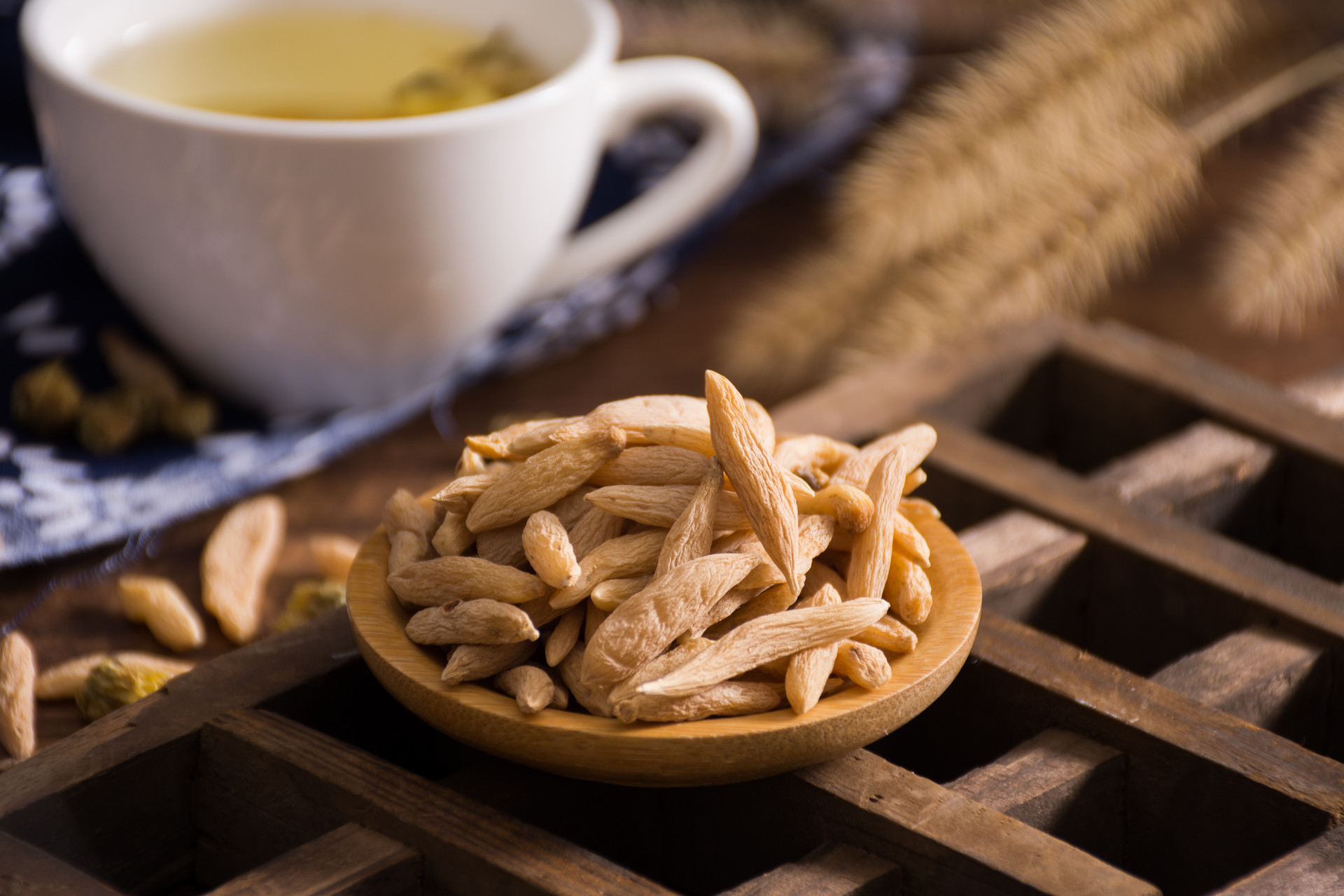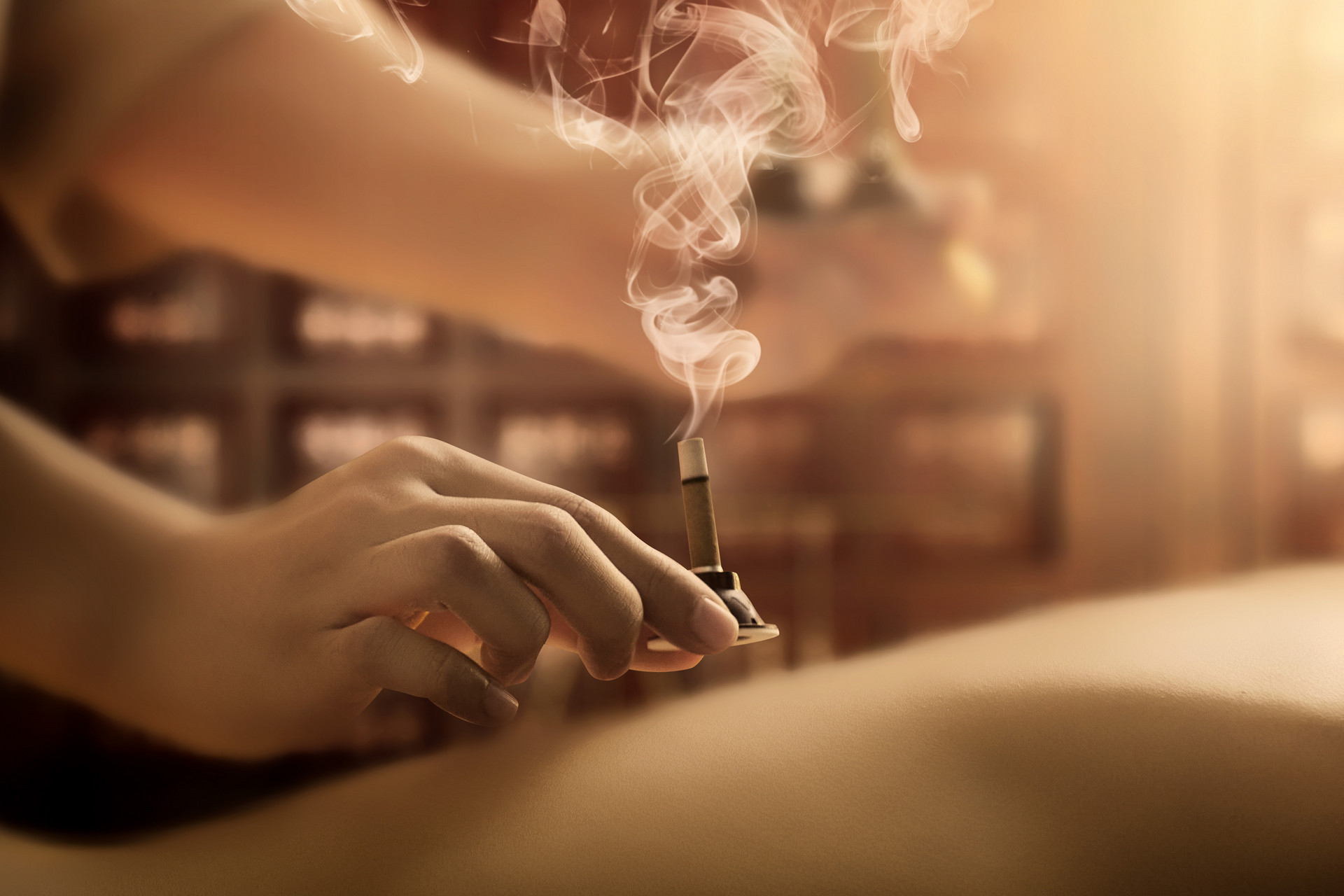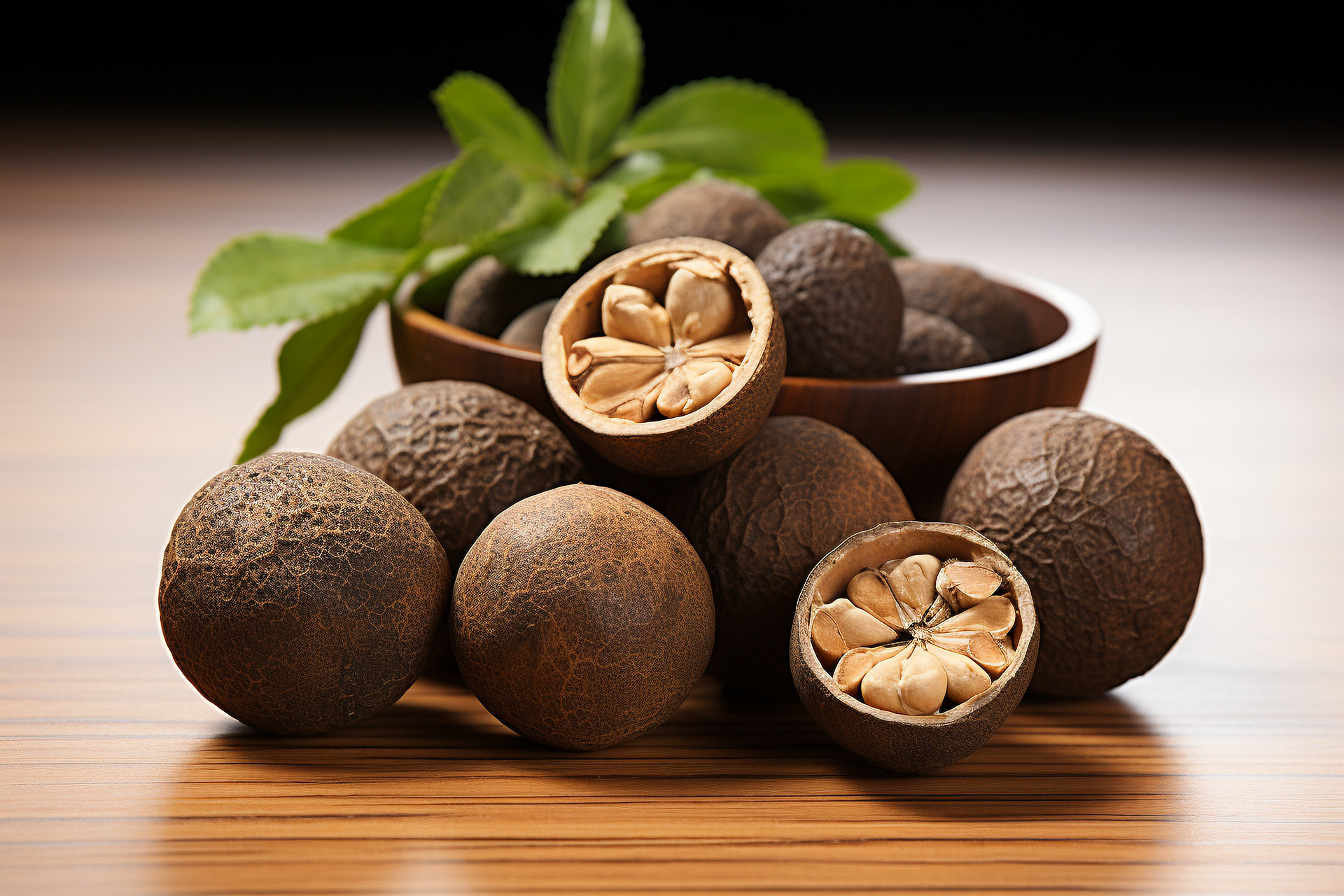American ginseng, also known as Panax quinquefolius, is native to the United States. It is also produced in countries such as Canada. Currently, domestically cultivated American ginseng is also available in the market, known as cultivated ginseng or domestically produced American ginseng.
American ginseng has strong nourishing effects and a wide range of applications, making it popular among people. However, due to its high price, some unscrupulous individuals sell counterfeit American ginseng using ginseng. Although they both belong to the same plant family, they have different functions: American ginseng is cooling in nature, with a sweet and slightly bitter taste, and can nourish the lungs, reduce heat, nourish the stomach, and produce saliva. On the other hand, ginseng is warm in nature, with a sweet and slightly bitter taste, and can greatly nourish the vitality, strengthen the heart, stabilize the collapse, and calm the mind. Furthermore, some people even use small white flowers to make fake American ginseng for profit. White flowers have the effect of dispelling wind, drying dampness, reducing swelling, and relieving pain, but they have no effect of American ginseng. If people fall victim to this scam, not only will they suffer economic losses, but it may also delay their recovery. Therefore, it is important to learn how to distinguish genuine American ginseng from fake ones.
If you want to purchase valuable medicinal materials such as American ginseng, it is best to go to a reputable pharmacy. In addition, when purchasing beautifully packaged American ginseng tablets, you should also be cautious. The authenticity of American ginseng is mainly judged by its appearance, color, texture, cross-section, and smell.
Domestically produced American ginseng has a cylindrical main root, often with a reed head, no supporting roots but with filamentous roots. The surface is light yellow-brown or yellow, with fine and smooth skin, dense horizontal rings on the upper part, longitudinal wrinkles on the whole body, and transverse long skin pore-like cork scars, generally slender and slightly raised. The texture is firm and heavy, and the cross-section is light yellowish-white, with a darker formed layer ring and numerous reddish-brown dots scattered, with clear radial textures. It has a slight fragrance and a slightly bitter and sweet taste. Generally, good quality American ginseng should have the characteristics of uniform strips, hard texture, light weight, tight horizontal rings on the surface, clear and fragrant smell, and rich taste.
Imported American ginseng is cylindrical or spindle-shaped, without reed heads, filamentous roots, or supporting roots. The surface is sandy yellow or whitish, and the peeled ones are white with a powdery appearance. There are transverse inward fine ring lines on the whole body, narrow linear transverse skin pores, and numerous irregular longitudinal wrinkles, with denser ring lines at the top and darker color. It has a hard texture, light weight, and is not easily broken. The cross-section is flat, light yellowish-white, without cracks but with radial flower patterns, as well as obvious brown-yellow formed layer rings and yellow-brown resin ducts scattered in the bark. It has a slight fragrant smell, a bitter taste with a sweet aftertaste, and a sticky texture that can produce saliva when chewed.
Artificially dried ginseng has a similar appearance to genuine American ginseng, but its surface is grayish-yellow or yellowish-white, with shallow and discontinuous horizontal rings, deep and clear longitudinal wrinkles, and brown-yellow formed layer rings. It has the unique fragrance of ginseng, with a sweet and slightly bitter taste. A small number of artificially dried ginseng with reed heads may have longer reed heads, and there may be fibrous or scale-like white flowers. Artificially dried ginseng made from Bai Zhi (Angelica dahurica) also has a similar appearance to genuine American ginseng, with a cylindrical or spindle shape, yellow-white or brown-yellow surface, horizontal and fine longitudinal wrinkles, and prominent nodule-like skin pores. It has a hard texture, light weight, white end surface, powdery appearance, smaller wood part, accounting for one-third of the cross-sectional area, and scattered yellow-brown oil spots. It has a slight fragrant smell, a bitter and spicy taste.
- Home /
- Chinese Medicinal Materials /
- Identify /
- Contents
Distinguishing Genuine American Ginseng: Appearance, Texture, and Smell
Everyone Is Watching
-
 The Efficacy and Effects of Honeysuckle in Traditional Chinese Medicine
The Efficacy and Effects of Honeysuckle in Traditional Chinese MedicineHoneysuckle, also known as Lonicera, is a common and valuable plant in traditional Chinese medicine. Since ancient times, honeysuckle has been widely used in the field of traditional Chinese medicin
April 9, 2024 -
 The Benefits and Effects of Ginseng: Exploring the Miraculous Medicinal Treasure
The Benefits and Effects of Ginseng: Exploring the Miraculous Medicinal TreasureGinseng, a widely recognized precious medicinal herb around the world, has been hailed as the "King of Herbs" since ancient times. In Asian regions such as China, Korea, Japan, and Russia, ginseng i
March 26, 2024 -
 Comparing Turmeric, Curcuma, and Zedoary: Promoting Blood Circulation and Regulating Qi
Comparing Turmeric, Curcuma, and Zedoary: Promoting Blood Circulation and Regulating QiTurmeric, Curcuma, and Zedoary are three herbs that all have the ability to promote blood circulation and regulate qi. They are commonly used together in clinical practice, but they do have some sligh
February 22, 2024 -
 Coptis: A Closer Look at its Morphological Characteristics
Coptis: A Closer Look at its Morphological CharacteristicsThe morphological characteristics of Coptis: rhizome, yellow, often branched, densely covered with numerous fibrous roots. Leaves with long petioles; leaf blades slightly leathery, ovate-triangular,
December 22, 2023 -
 Qianghuo: A Powerful Herb for Joint Health and Pain Relief
Qianghuo: A Powerful Herb for Joint Health and Pain ReliefQianghuo is the root of the umbelliferous plant Qianghuo. It has a warm nature, a bitter taste, and enters the bladder and kidney meridians. It has the effects of dispelling exterior cold, expell
December 13, 2023

Hot Picks
-
 1Distinguishing Similar Plant Species: A Comparative Study
1Distinguishing Similar Plant Species: A Comparative StudyRose and Rose The former has a round ball shape, pink or purple color, and elongated sepals. The latter has a slightly spherical shape, mostly purple color, and spherical sepals. North American
February 27, 2024 -
 2Bitter Sophora Root: Identification and Adulterant Testing
2Bitter Sophora Root: Identification and Adulterant TestingBitter Sophora Root, which is long cylindrical in shape, often branches at the lower part, measuring 10-30cm in length and 10-30cm in diameter. The surface is grayish-brown or yellowish-brown, with lo
January 31, 2024 -
 3Hawthorn: A Traditional Chinese Medicine for Digestion and Stasis
3Hawthorn: A Traditional Chinese Medicine for Digestion and StasisHawthorn is a commonly used traditional Chinese medicine. It was first recorded in the Tang Dynasty's "Newly Revised Materia Medica". It has the functions of promoting digestion, resolving food stag
January 28, 2024 -
 4Identifying Genuine Snow Lotus Flower: Characteristics and Differences
4Identifying Genuine Snow Lotus Flower: Characteristics and DifferencesSnow lotus, also known as snow lotus flower, big toe flower, big wood flower, is a flowering herb of the Asteraceae family, including species such as Saussurea laniceps, Saussurea macrophylla, and Sau
December 1, 2023 -
 5Identifying Adulterated Longan Meat: Appearance, Smell, Touch, and Taste
5Identifying Adulterated Longan Meat: Appearance, Smell, Touch, and TasteLongan meat, also known as dried longan, yizhi, or mipi, is the false seed coat of the longan plant, a member of the Sapindaceae family. It has a warm nature and a sweet taste, and enters the heart an
November 28, 2023

